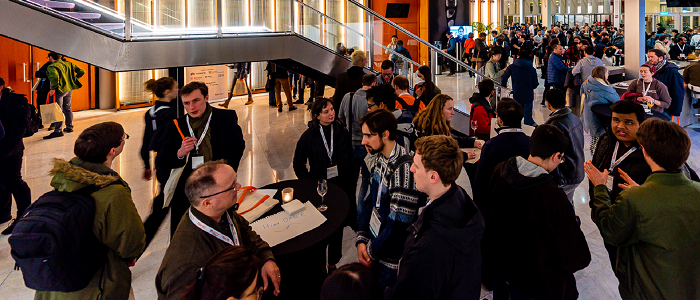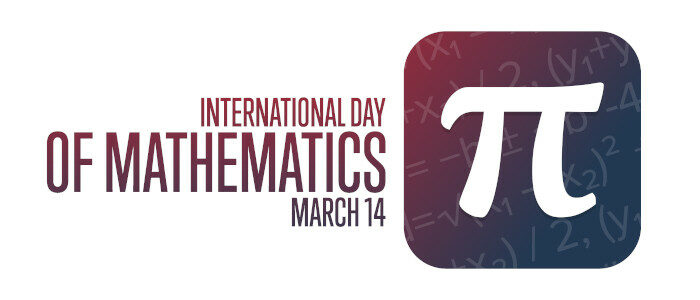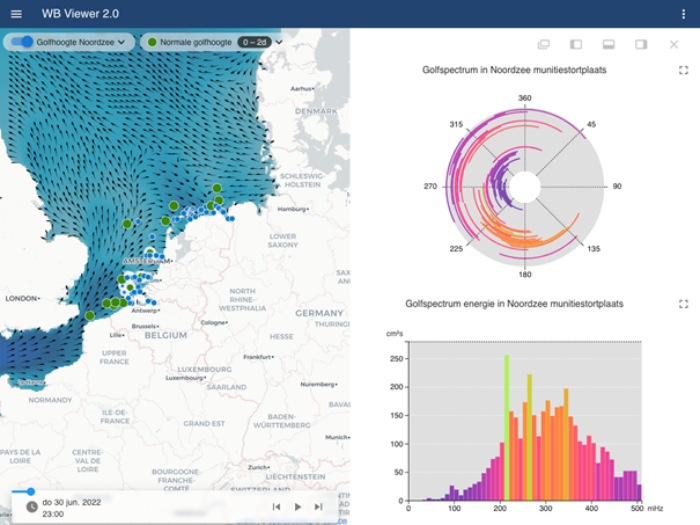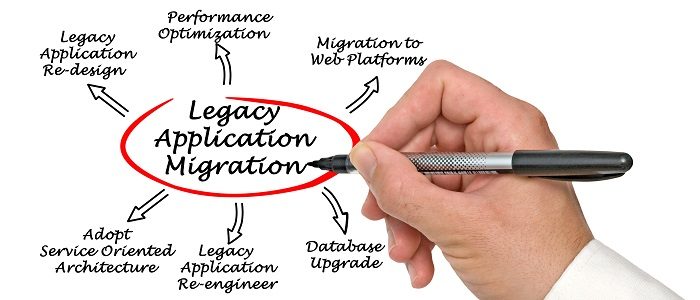
Sorted by category:
Scientific Software Engineering

2023-04-14
4 takeaways from the 2023 SIAM conference on Computational Science and Engineering
The 2023 edition in Amsterdam offered a showcase of everything that is going on in the field, from software management, digital twins, and machine learning to impressive applications.
Read more

2023-03-13
The Pi-day challenge 2023
For all scientific programmers out there that enjoy a solid challenge: submit your Python solution for the Pi-day challenge 2023 on April 20 at the latest.
Read more

2022-09-06
Experiments with simple model-order reduction methods
Model-order reduction is a powerful technique to speed up simulations. It can be used to solve performance issues in applications like design optimization, model-based predictive control, or digital twinning. In this blog, we’ll give a very basic introduction to these techniques and describe some experiments that were done at VORtech by two interns at VORtech, Floris Roodenburg and Abinash Mishra. They could speed up calculations by more than a factor of ten.
Read more

2022-07-08
Developing an operational information service requires collaboration between operator and scientific software engineer
Building a specialized information system not only requires a developer with domain knowledge, but also a good collaboration between the user and the developer. In this blog, we show how this works in practice, illustrated with examples from a system for monitoring the Dutch coastal waters.
Read more

2021-05-11
Integrating Sphinx in Your CMake Build System
Sphinx is a documentation tool for software projects that can create easily searchable HTML pages and excellent PDFs. It is well suited for documenting scientific code bases due to its support for LaTeX-style equations and numerous extensions for plots, diagrams and much more. It would be nice if we could integrate Sphinx with the common build system CMake so that we can automatically generate documentation. This blog describes an approach to do just that.
Read more

2021-05-03
Documenting your code
Documenting code is something nobody enjoys. But everyone agrees that some documentation is needed. What is the essential documentation and how can documenting be made easier?
Read more

2021-01-05
Legacy Code: Treasure to Cherish, Pain to Maintain, Part 3
In our practice as scientific software engineers at VORtech, we work for organizations that have computational software as an essential part of their intellectual capital. If successful, a computational software package can exist for many years and even decades. At the same time however, the code base grows and becomes more and more difficult to manage. This is part 3 of a series of blogs in which we discuss how to deal with legacy code.
Read more

2021-01-05
Legacy Code: A Treasure to Cherish, a Pain to Maintain. Part 2
In our practice as scientific software engineers at VORtech, we work for organizations that have computational software as an essential part of their intellectual capital. If successful, a computational software package can exist for many years and even decades. At the same time however, the code base grows and becomes more and more difficult to manage. This is part 2 of a series of blogs in which we discuss how to deal with legacy code.
Read more

2021-01-05
Legacy Code: Treasure to Cherish, Pain to Maintain. Part 1
In our practice as scientific software engineers at VORtech, we work for organizations that have computational software as an essential part of their intellectual capital. If successful, a computational software package can exist for many years and even decades. At the same time however, the code base grows and becomes more and more difficult to manage. This is part 1 of a series of blogs in which we discuss how to deal with legacy code.
Read more

2020-08-06
Five Ways to Classify your Digital Twin
Digital twins are the hype of the moment in automation. But the concept is rather ambiguous: people refer to it in many different ways. To bring some order in this confusion, I tried to find a classification of digital twins. It turns out that a single classification is not enough.
Read more